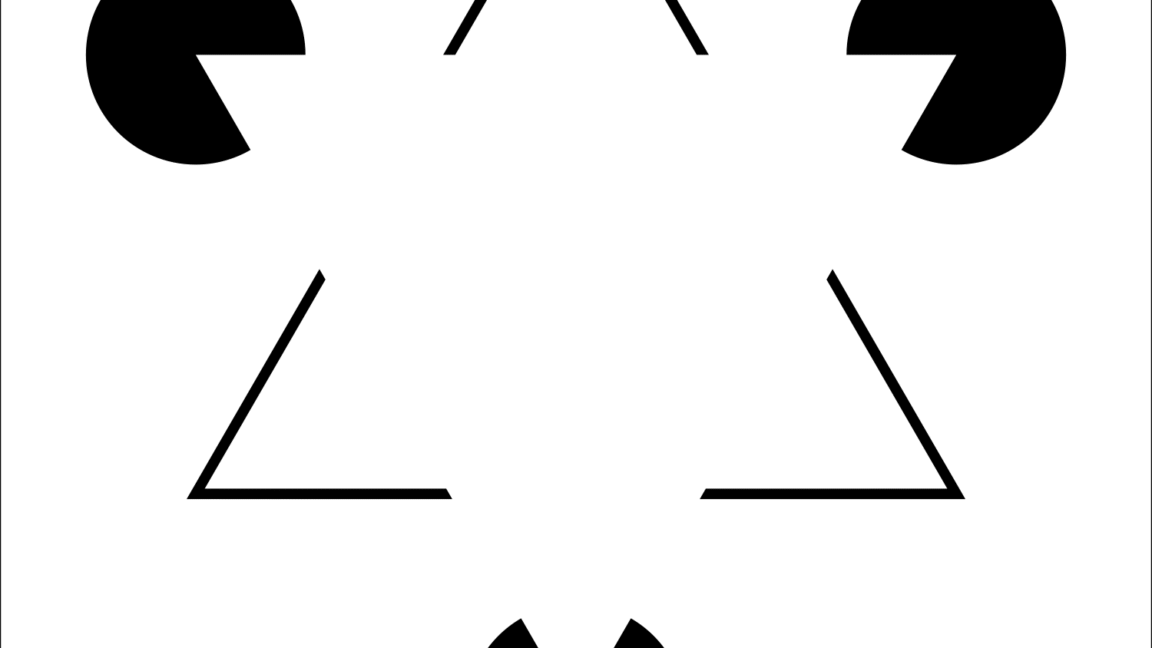The neurons that let us see what isn’t there

“Illusions are fun, but they are also a gateway to perception,” says Hyeyoung Shin, assistant professor of neuroscience at Seoul National University. Shin is the first author of a new study in Nature Neuroscience that has identified a specific population of neurons in the visual cortex—dubbed IC-encoders—and shows their direct role in representing a visual illusion. The work is the result of a collaboration between the University of California, Berkeley, the Allen Institute in Seattle, and Seoul National University. What the brain “knows” Illusory contours are edges we see even though they aren’t physically there. A classic example is the Kanizsa triangle: three “Pac-Man” shapes make us perceive a bright white triangle floating on top. Hide the Pac-Men with your fingers and the trick is revealed: There is no border, just a uniform background. Neurophysiology agrees with perception here: For over 20 years, studies in primates and later imaging in humans and mice have described neurons i...
“Illusions are fun, but they are also a gateway to perception,” says Hyeyoung Shin, assistant professor of neuroscience at Seoul National University. Shin is the first author of a new study in Nature Neuroscience that has identified a specific population of neurons in the visual cortex—dubbed IC-encoders—and shows their direct role in representing a visual illusion. The work is the result of a collaboration between the University of California, Berkeley, the Allen Institute in Seattle, and Seoul National University. What the brain “knows” Illusory contours are edges we see even though they aren’t physically there. A classic example is the Kanizsa triangle: three “Pac-Man” shapes make us perceive a bright white triangle floating on top. Hide the Pac-Men with your fingers and the trick is revealed: There is no border, just a uniform background. Neurophysiology agrees with perception here: For over 20 years, studies in primates and later imaging in humans and mice have described neurons in the primary visual cortex (V1) and higher visual areas that respond to real and illusory contours. Credit: Wikimedia Commons Read full article Comments
Advertisement


















